UPDATE “Luton” Best and “Hull” Worst, UK Cities for Superfast Broadband
The Centre for Cities, which claims to be a non-partisan / independent think-tank that dedicates itself towards understanding and improving city economies, has published its annual 2015 Cities Outlook report to reveal the United Kingdom’s best and worst performing cities across various criteria. One of the criteria they judge is superfast broadband penetration.
At this point it’s worth noting that the report uses Ofcom’s definition of superfast broadband (30Mbps+) instead of the central Government’s (24Mbps+) and their conclusions are similarly based off the telecom regulators recent 2014 Infrastructure Report, which incidentally found that 75% of UK premises are now within reach of a superfast connection (falling to just 22% in rural areas).
Otherwise the report understandably found that broadband connectivity is a “key component of the infrastructure offer that a city can make to attract businesses and people, as well as support the growth of the existing business base“.
Digital connectivity – Report Highlights
• The percentage of fixed-line connections reaching super-fast speeds across cities in England, Scotland and Wales in 2014 was 72.9 per cent.
• This was over 1.5 times more super-fast connections, on a proportional basis, than in noncity areas, which achieved 42.8 per cent, over 16 percentage points more than the national average of 56.5 per cent.
• Seven of the top 10 cities – those with the highest percentage of postcodes achieving super-fast speeds – are situated in the South.
• At the other end of the table nine out of the 10 cities with the lowest percentage of fixed-line connections reaching super-fast speeds are situated in the North and Scotland, with cities in Yorkshire accounting for four of these.
As we always say, it’s important to remember that poor connectivity isn’t just a problem for rural areas and indeed you can find plenty of areas inside primary cities, including some of the most attractive parts of London, where broadband performance remains woefully poor.
Common issues, such as old / slow Exchange Only Lines (EOL) and local restrictions / high costs on street works, are particularly problematic. Hyperoptic’s recent study of broadband connectivity in London, when combined with extra data from Ofcom, is a good example of the problem (here).
Today’s 2015 Cities Outlook report also includes a summary showcasing some of the best and worst UK cities for superfast broadband penetration as a percentage. At the top of the table sits Luton, with an impressive 88.9% of its postcodes being allegedly able to achieve speeds of 30Mbps+.
But this somewhat overlooks the fact that Luton still officially appears to be classed as a “Town” (their last bid for city status was rejected in 2012) and as ever Ofcom’s data should always be taken with a pinch of salt since it tends to reflect a more optimistic outlook and isn’t always extensive enough to provide a solid picture.
Meanwhile, right at the bottom, we have KC’s heartland of Hull with a SFBB score of just 12.9% (clearly some work still to do there). KC is currently rolling out a new fibre optic FTTP/C network in the area and so we’re checking the data to see whether or not such a low score is still accurate (update later).

It’s worth pointing out that the Government’s Broadband Delivery UK programme originally intended to help cities improve their superfast Internet connectivity too, although fears about network overbuilding from BT + Virgin Media ultimately combined with competition concerns from the EU and this resulted in the infrastructure spending being converted into a weaker business focused Connection Voucher scheme.
Put another way, it’s generally envisaged that state aid should only be used to improve connectivity in areas that the private sector would find economically unviable and busy city areas rarely qualify (i.e. plenty of potential customers), although that doesn’t stop some telecoms operators being a bit lazy.
As a result most urban improvement is being left up to commercial investment (e.g. BT’s £50m plan to improve connectivity in 30 cities and Hyperoptic’s rival fibre optic developments), with a small amount of support coming from some of the new Growth Deals (here) and local authorities.
Some cities, such as London, are also busy developing strategies to identify and fix pockets of poor connectivity. Never the less it’s clear that some city authorities could be doing considerably more.
UPDATE 9:47am
KC have been kind enough to give us a comment, although it’s understandable that their fibre roll-out would take longer as it focuses on the more future proof Fibre-to-the-Premises (FTTP) technology, with only a little of the slower hybrid fibre FTTC solution.
Sue Helmont, KC’s Director of Consumer Services, told ISPreview.co.uk:
“Since the data the Centre for Cities report is based on was produced, we’ve continued our roll-out of superfast fibre broadband and it is now available to 22% of postcodes in Hull. Across Hull and East Yorkshire our Lightstream service is available to more than 45,000 properties, including most of the region’s business parks.
However, the numbers in the report don’t tell the whole story about superfast broadband in our region. Fibre broadband in most of the rest of the UK still relies on a copper connection from a customer’s home or business to the nearest street cabinet. This delivers much slower speeds than those provided by Lightstream, where we take the fibre cable all the way to a customer’s property.
We’re investing tens of millions of pounds in the roll-out of Lightstream across the region and are confident this will give Hull the UK’s best digital infrastructure for generations to come.”
Take note that at the end of June 2014 KC’s fibre broadband network had become available to 35,421 homes and businesses (premises passed), with 9,195 subscribed (uptake of around 26%); but this also includes areas outside of Hull city.
Thinkbroadband have also been kind enough to hand us some recent real-world speed testing data for Hull. Overall the city receives 13.9Mbps down and 2.9Mbps upload (Mean), which compares with Luton on 34.1Mbps (down) and puts Hull around the bottom of local authorities.
Mark is a professional technology writer, IT consultant and computer engineer from Dorset (England), he also founded ISPreview in 1999 and enjoys analysing the latest telecoms and broadband developments. Find me on X (Twitter), Mastodon, Facebook and Linkedin.
« Ofcom Open 5G Mobile Broadband Consultation on Spectrum Above 6GHz
Latest UK ISP News
- FTTP (5515)
- BT (3514)
- Politics (2537)
- Openreach (2297)
- Business (2262)
- Building Digital UK (2244)
- FTTC (2043)
- Mobile Broadband (1973)
- Statistics (1788)
- 4G (1664)
- Virgin Media (1619)
- Ofcom Regulation (1461)
- Fibre Optic (1395)
- Wireless Internet (1389)
- FTTH (1381)
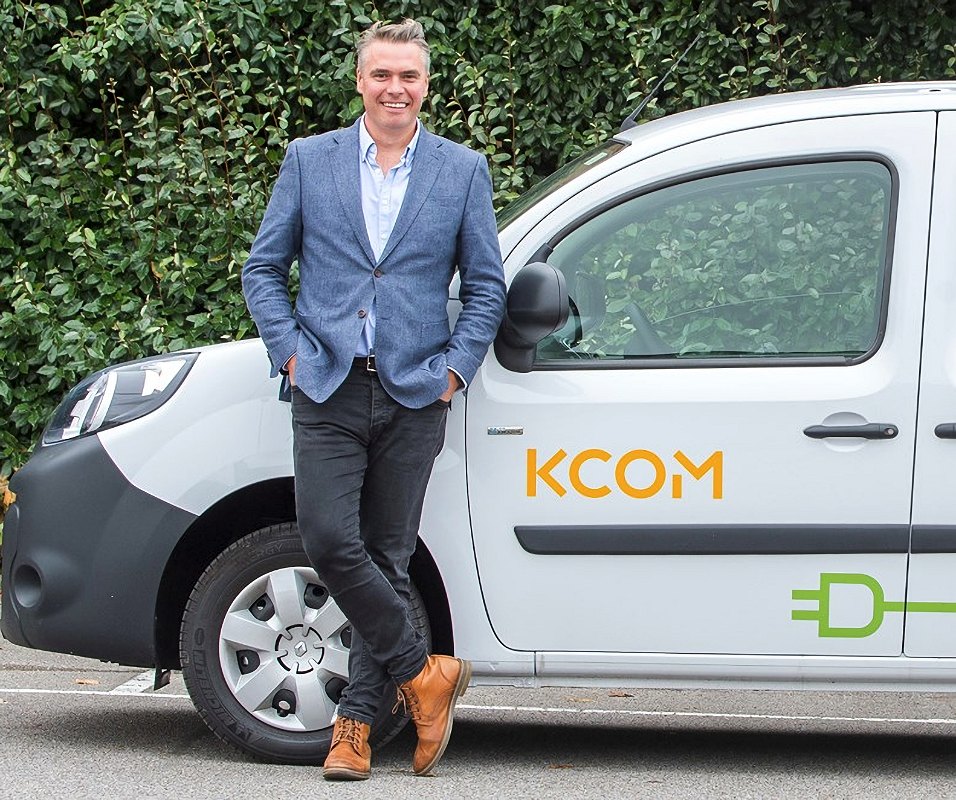

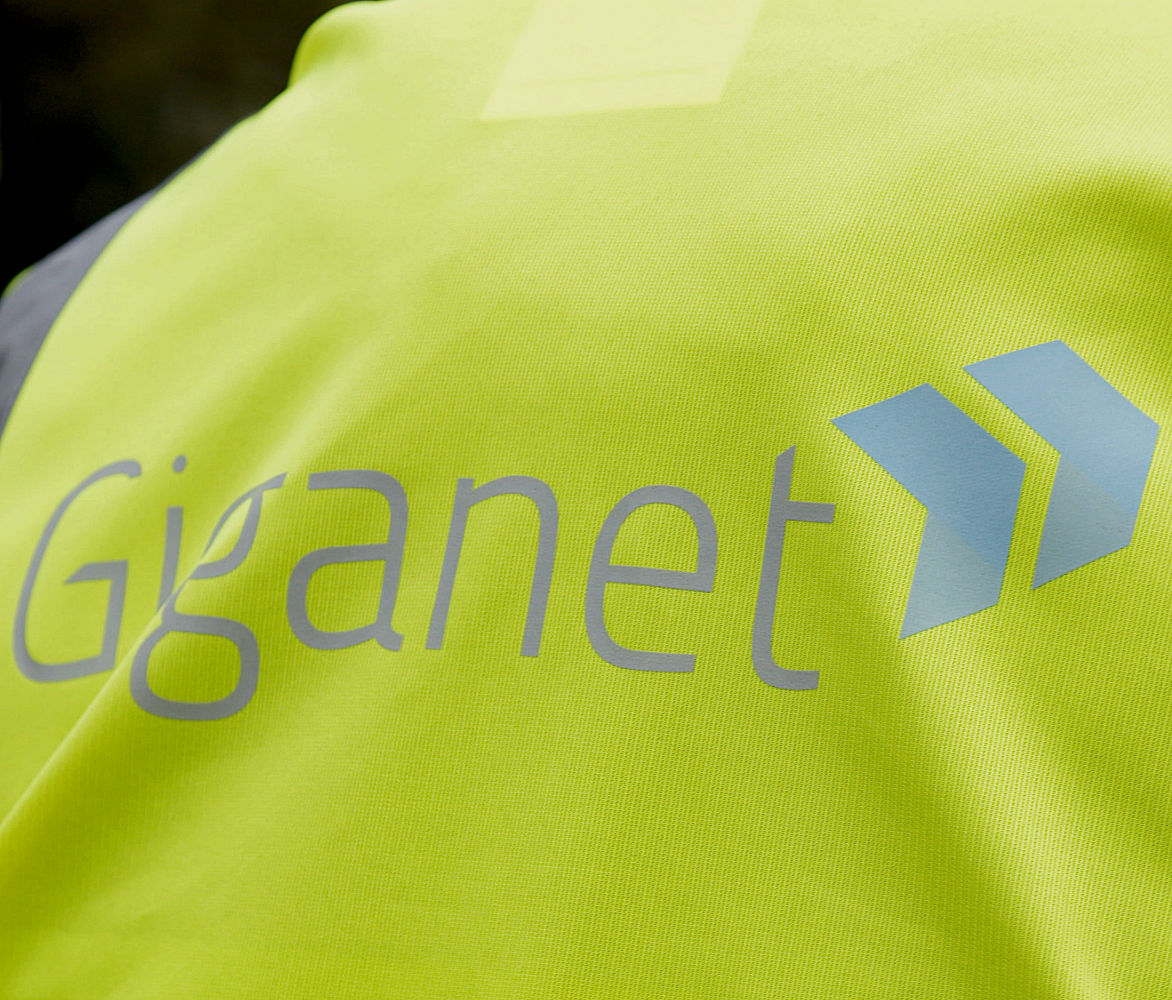

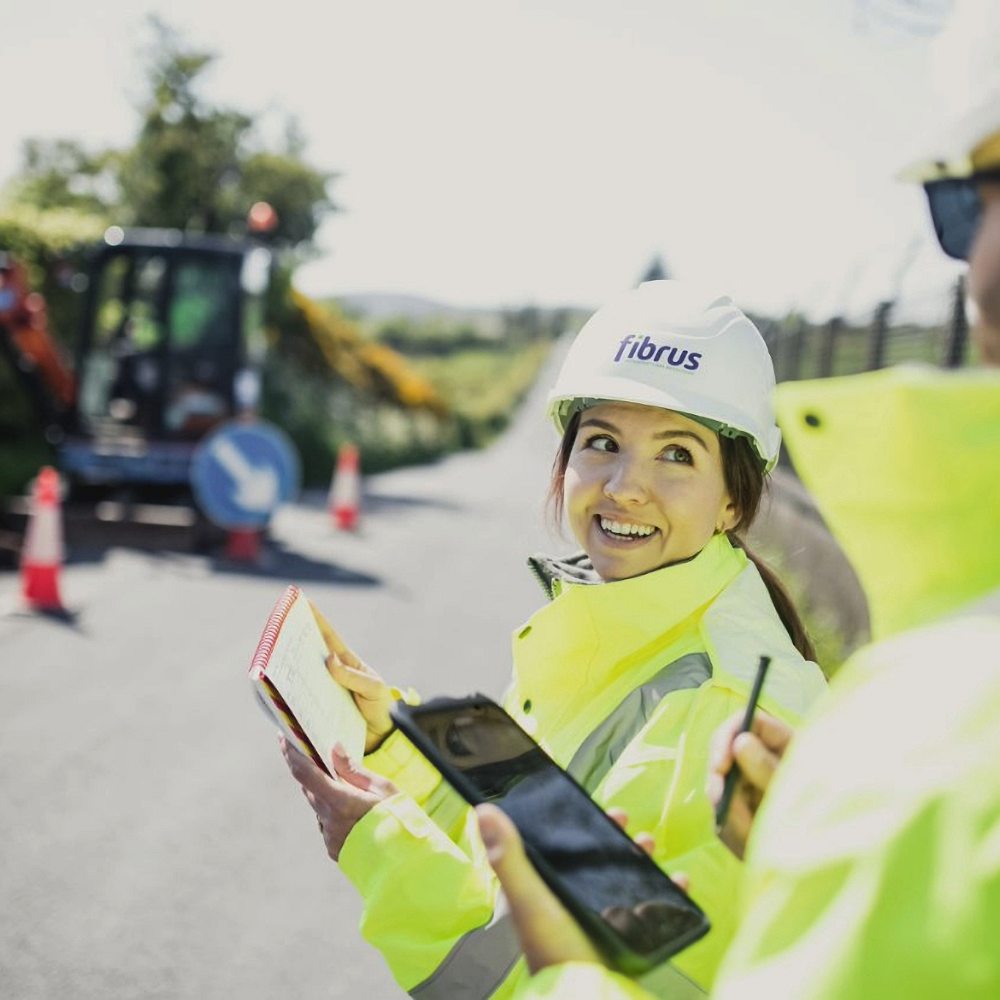
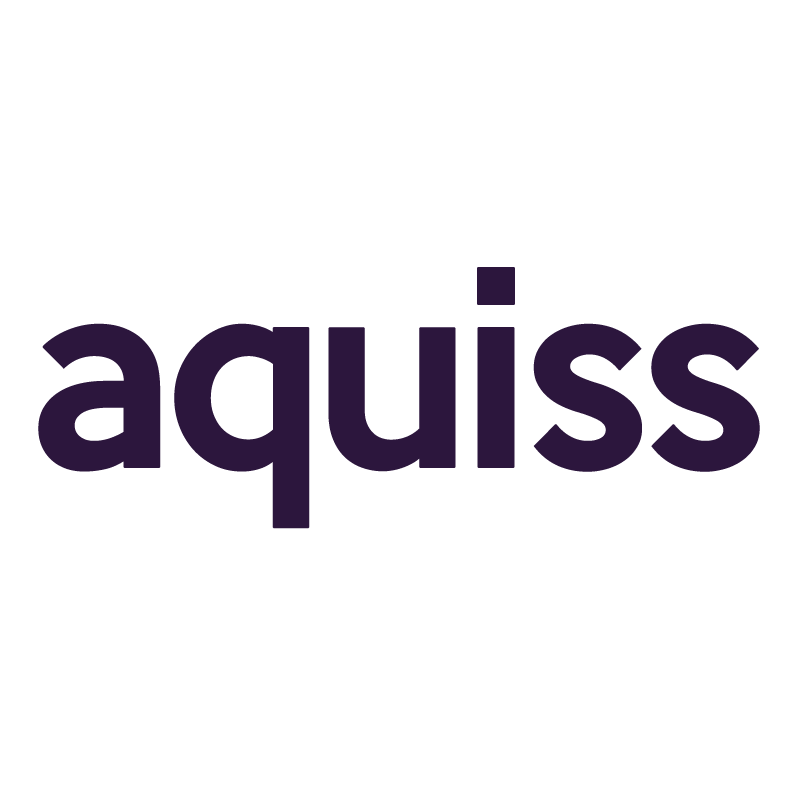










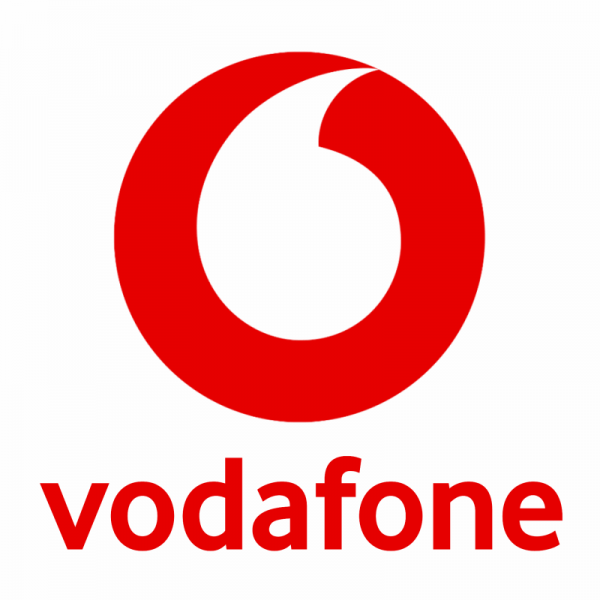
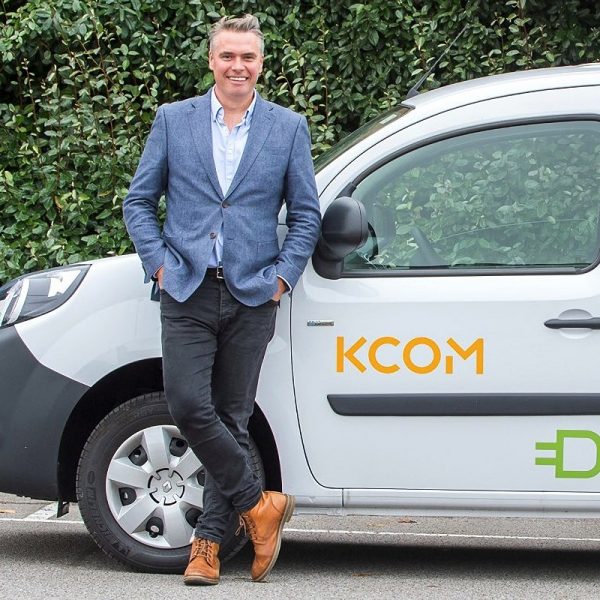
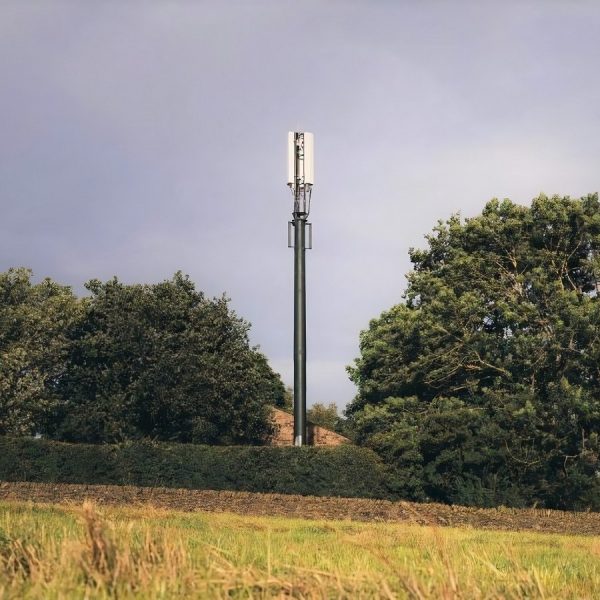
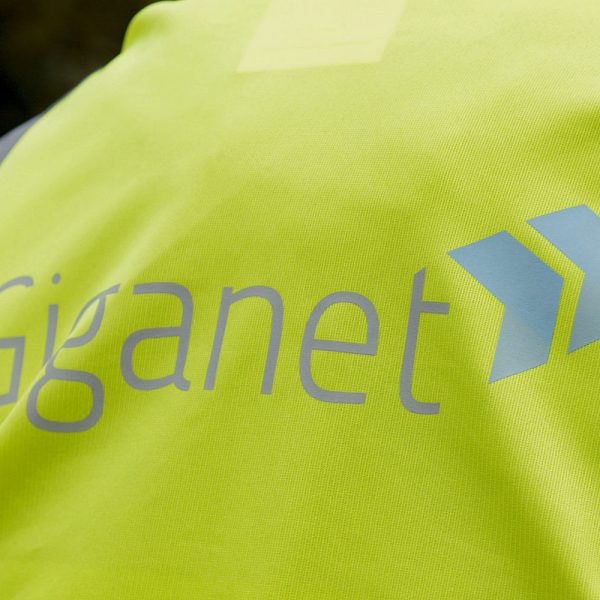




































Comments are closed